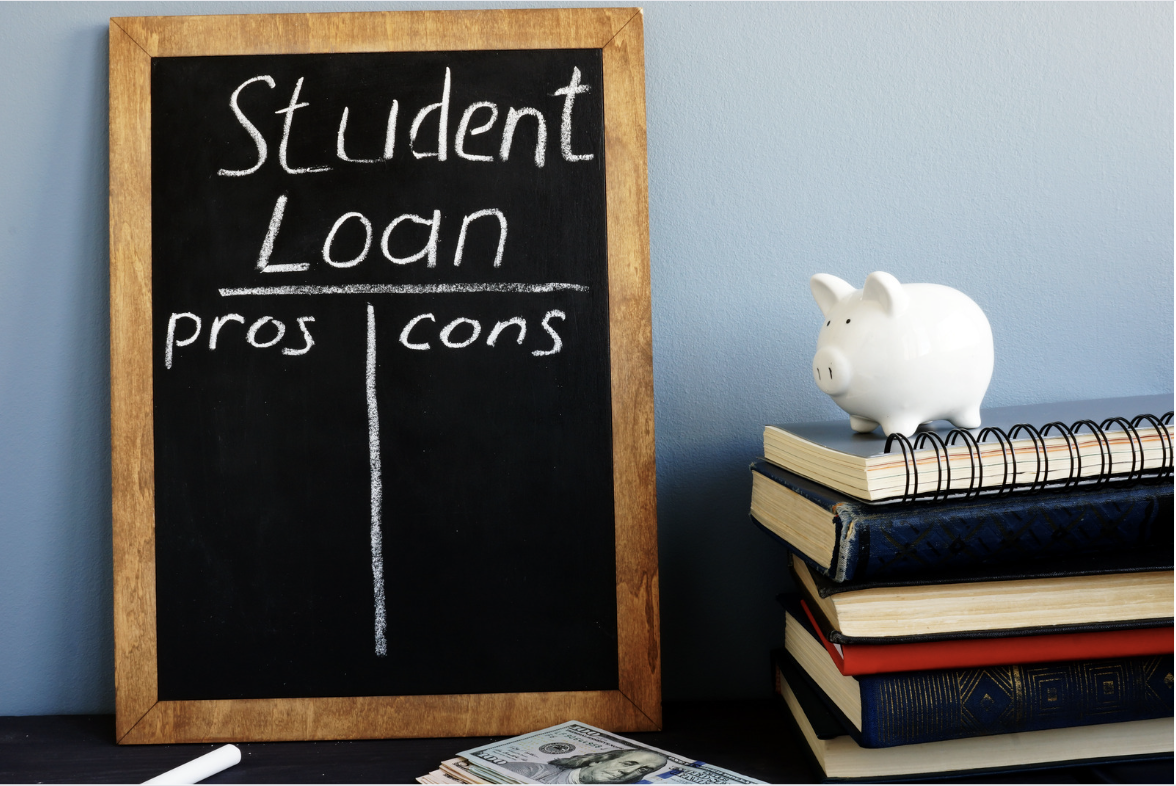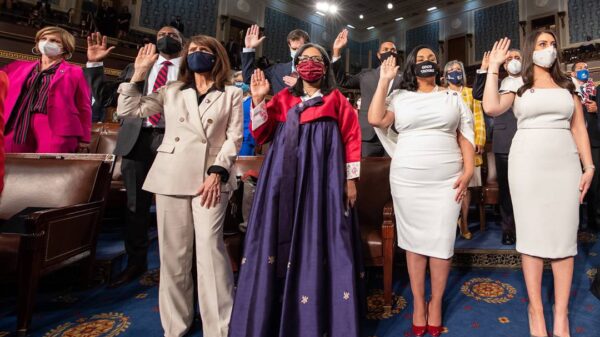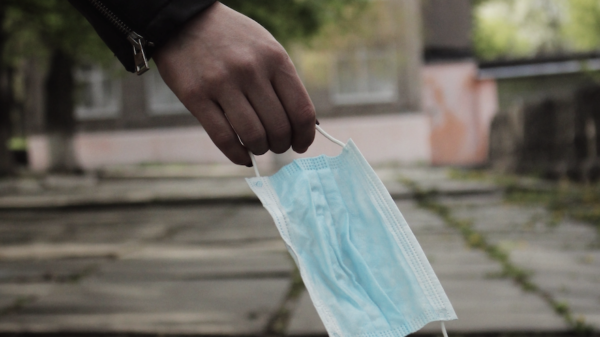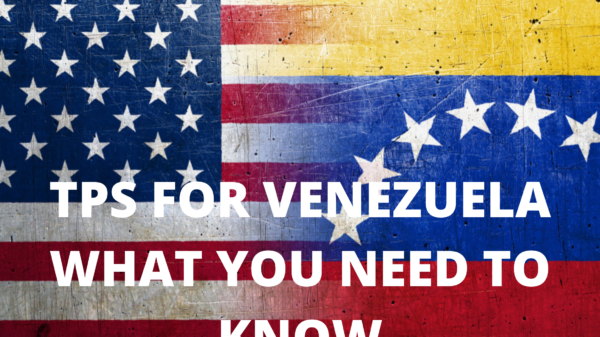Student debt has become a significant concern in the United States, with more than 45 million borrowers collectively owing nearly $1.7 trillion in student loans. This level of debt, second only to mortgages, has far-reaching consequences, not just for individuals but also for society as a whole. The burden of student loans has a cascading effect, leading to economic, gender, and racial inequalities. For example, the financial strain often forces borrowers to delay major life events like buying a house or starting a family, contributing to broader economic challenges.
Over the last few years, the Biden Administration has worked to expand and improve student debt forgiveness programs initiated during the Obama administration. Although these efforts have had some success, they have also faced significant legal challenges from Republican-led states. These challenges have resulted in setbacks, including the halting of a large-scale debt forgiveness program unveiled in 2021 and the potential disruption of another program announced in 2022.
Despite these challenges, some debt relief options remain available to borrowers. Programs like Public Service Loan Forgiveness (PSLF) and Income-Driven Repayment (IDR) offer pathways for loan forgiveness, but they are often complex and difficult to navigate. Loan servicing is also plagued by lax regulations and bad actors, creating additional obstacles for borrowers seeking relief.
At an Ethnic Media Services briefing on student debt, a panel of experts discussed the current state of student debt forgiveness programs, the legal battles they face, and the potential for future college affordability and equity. Among the speakers were Adam Minsky, a student loan lawyer and author, and Michele Shepard Zampini, Senior Director of College Affordability at TICAS. The event also included testimonials from borrowers who had experienced significant student loan forgiveness, providing a glimpse into the personal impact of these programs.
Adam Minsky described the Biden administration’s approach to student debt relief, which has two main components: broad-based mass student loan forgiveness and targeted relief through existing programs. The broad-based relief program, which aimed to forgive $10,000 to $20,000 in student loan debt for millions of borrowers, faced legal challenges that ultimately led to its demise in the Supreme Court. However, the administration continues to seek alternative routes to provide broad-based relief.
On the other hand, the targeted relief efforts have seen considerable success. Programs like the IDR account adjustment and improvements to the PSLF program have allowed many borrowers to achieve loan forgiveness. The IDR account adjustment allows borrowers to get credit for time toward 20- or 25-year loan forgiveness terms, benefiting nearly a million borrowers. The PSLF program has undergone significant reforms, leading to a drastic increase in approvals, from a 99% rejection rate to nearly 900,000 approvals as of late 2023.
Despite these successes, the legal landscape remains challenging. New programs, such as the Save Plan, are also facing legal challenges from Republican states. The Save Plan, designed to offer a more affordable income-driven repayment option, has been met with lawsuits from multiple states, echoing the resistance seen with earlier programs.
While there has been progress in student debt forgiveness, much remains to be done. The Biden administration’s ongoing efforts to provide broad-based relief may face additional legal hurdles, but the targeted programs continue to offer some relief to struggling borrowers. Ultimately, the broader conversation around student debt underscores the need for comprehensive solutions to address the growing burden of student loans and ensure college affordability and equity for all.
Michele Shepard Zampini, TICAS Senior Director of College Affordability, provided a comprehensive view of the challenges faced by student loan borrowers. In her perspective, she addressed the broader context of the pandemic and the subsequent changes in student loan repayment, highlighting the various implications for borrowers.
Zampini began by emphasizing the current landscape of student loans, acknowledging the challenges posed by the pandemic and the resulting payment pause. From March 2020 through the fall of 2022, federal student loan payments were put on hold, providing temporary relief to borrowers. This pause offered a crucial lifeline for many families, granting them financial breathing room they hadn’t experienced in years or even decades.
However, the resumption of student loan payments presented unique challenges. The transition from a payment pause to repayment proved complex for the federal government, as well as for borrowers navigating a confusing landscape. Zampini described how the fluctuating guidance from policymakers led to uncertainty among borrowers about their eligibility for loan forgiveness, what types of relief were available, and the potential consequences of non-payment.
One of the key aspects of Zampini’s discussion is the introduction of the Save Plan, a new payment program designed to offer more affordable repayment options to borrowers. This plan, while not a comprehensive loan forgiveness program, aims to make monthly payments more manageable by providing lower payment amounts and offering benefits such as interest subsidies. This flexibility is intended to prevent borrowers from having to choose between basic living expenses and their student loan payments.
Zampini noted that the Save Plan addresses the high burden of student debt, especially in communities of color, where many borrowers struggle to meet basic needs. The plan’s structure allows for shorter terms for loan forgiveness, depending on the loan balance and the number of payments made. Additionally, it provides subsidies to cover interest if the borrower’s payments do not cover it fully.
Overall, Zampini underscored the federal government’s ongoing efforts to create a safety net for borrowers, recognizing the widespread impact of student debt on families and communities. The goal is to find multiple avenues to offer relief and reduce the financial strain caused by student loans. While broader forgiveness programs face legal challenges, initiatives like the Save Plan are intended to mitigate the burden and make repayment more attainable for borrowers.
Virginia Brown’s story is a poignant testament to the struggles faced by many student loan borrowers and the relief that can eventually come from persistence and proper guidance. Her journey illustrates the complex nature of the student loan system and how it can impact individuals’ personal and professional lives.
Brown began by sharing her background. She moved to the United States from Venezuela in 1990, having been a physician with a master’s degree in ear, nose, and throat surgery. Despite being a U.S. citizen and speaking English, she struggled to find a job that matched her qualifications. Like many immigrants, she took on various jobs, such as cleaning offices and watching children, to make ends meet.
To re-establish her career, Brown chose to pursue a different field: mental health counseling. This decision led her to take a student loan, as she couldn’t find other financial assistance for her education. She enrolled in a private college in Orlando, despite concerns about accumulating significant debt.
As Brown navigated her way through her studies and subsequent career, she encountered the challenges many borrowers face. Working in social services and non-profits, her income was limited, making it difficult to meet her student loan obligations. She experienced deferments and growing interest rates, which resulted in a debt that exceeded $100,000.
Despite these challenges, Brown remained determined. She discovered that working in social services might qualify her for student loan forgiveness under the Public Service Loan Forgiveness (PSLF) program. This discovery marked a turning point, but the path to loan forgiveness was not straightforward. Brown experienced confusion about the process, leading to delays and the need to constantly check her paperwork and maintain communication with loan servicers.
Brown’s story also highlights the importance of staying informed and actively seeking guidance throughout the loan forgiveness process. She shares her experience of having to reapply for the income-based repayment plan after missing key information, which delayed her progress by two years. This setback illustrates the complexity of the student loan system and the need for clear communication from loan servicers.
Ultimately, Brown’s persistence paid off. In 2021, she received an email confirming that her student loan had been forgiven. This news brought her immense relief, as she was finally free from the burden of debt that had constrained her career and personal choices. However, her story also underscores the long-term impact of student loans, as she mentions that the student loan debt prevented her from relocating and pursuing other opportunities.
Virginia Brown’s story is a reminder of the importance of awareness, persistence, and advocacy for those navigating the complex world of student loans. Her experience serves as an inspiration to others facing similar challenges, encouraging them to stay informed and seek out the resources and support needed to overcome the hurdles in their path to loan forgiveness. Ultimately, the broader conversation around student debt forgiveness illustrates the need for comprehensive solutions to address the growing burden of student loans and ensure college affordability and equity for all.
#StudentDebt #DebtForgiveness #StudentLoans #CollegeAffordability #StudentDebtCrisis #EducationFinance #LoanForgiveness #StudentDebtRelief #CollegeDebt #BidenAdministration #LoanRepayment #PublicServiceLoanForgiveness #IncomeDrivenRepayment #StudentDebtReliefPrograms #EconomicImpact #DebtBurden #LoanServicing #HigherEducation #DebtManagement #DebtSolutions #CollegeStudents #EducationPolicy #FederalStudentLoans #PersonalFinance #LegalChallenges #LoanForgivenessSuccess #SavePlan #StudentLoanSuccessStories #FinancialStrain #VirginiaBrown #AdamMinsky #MicheleShepardZampini









